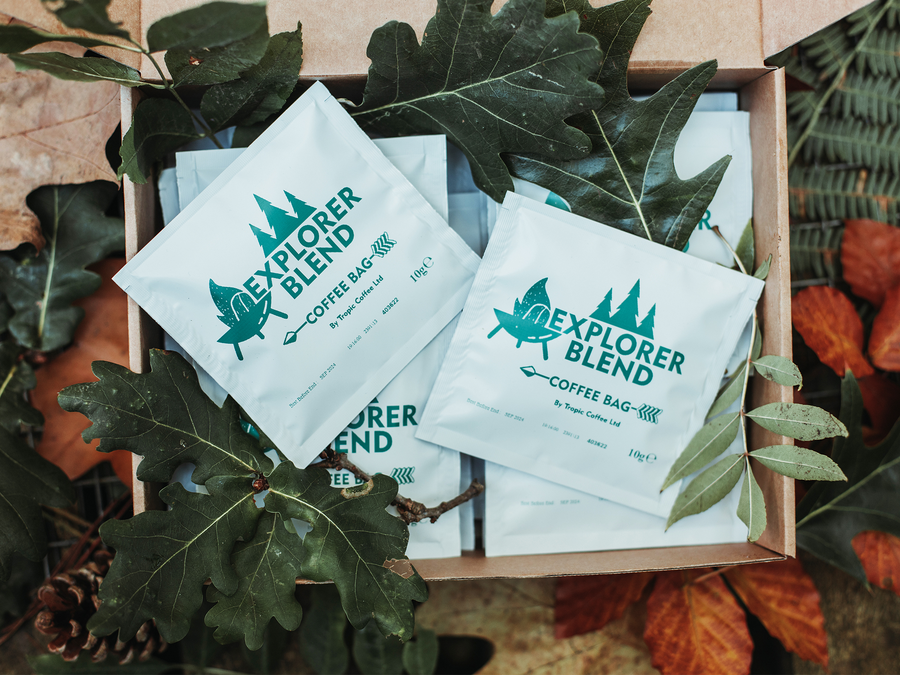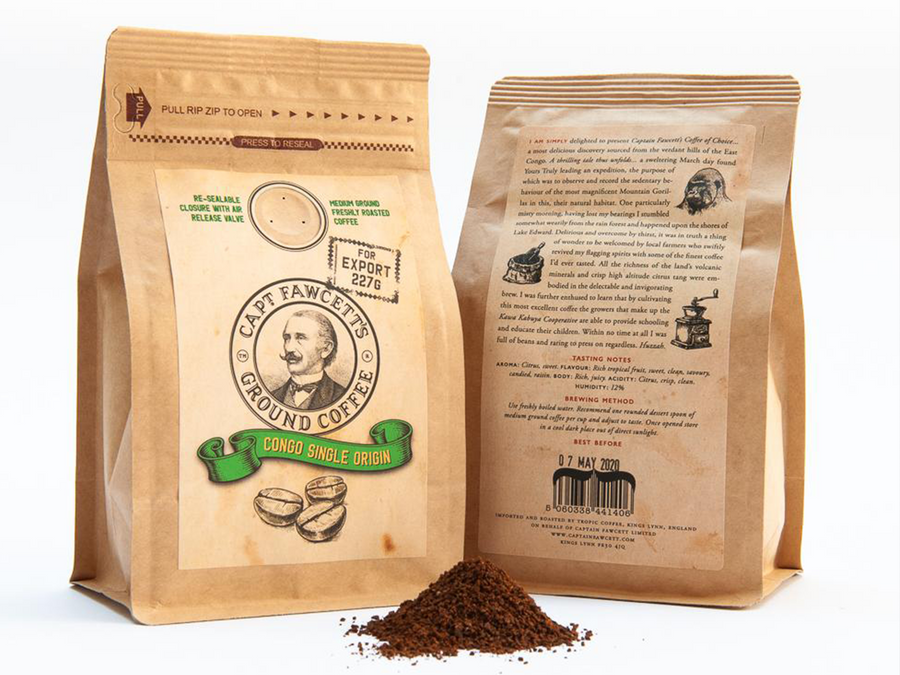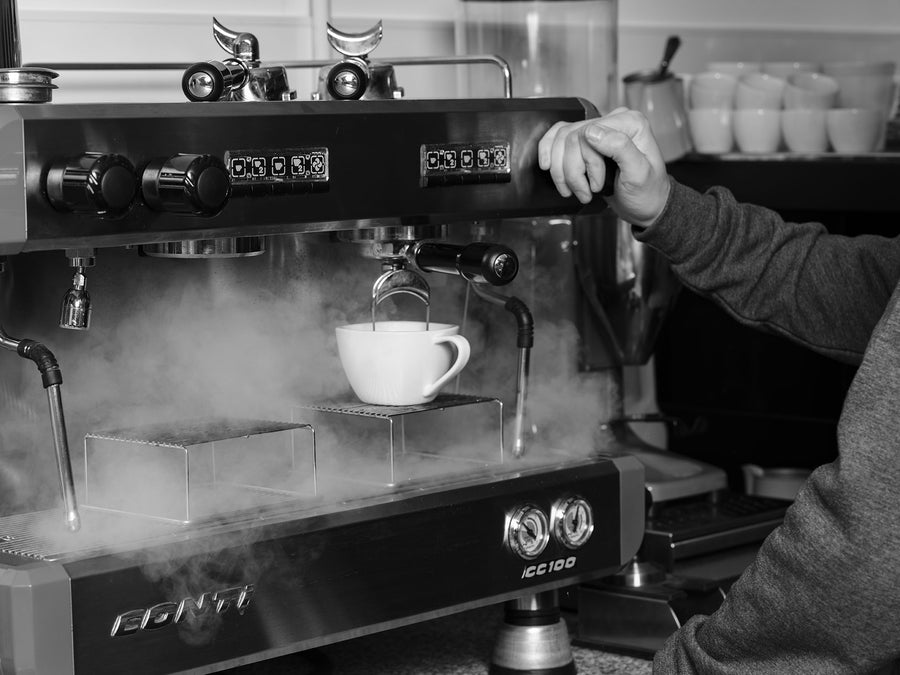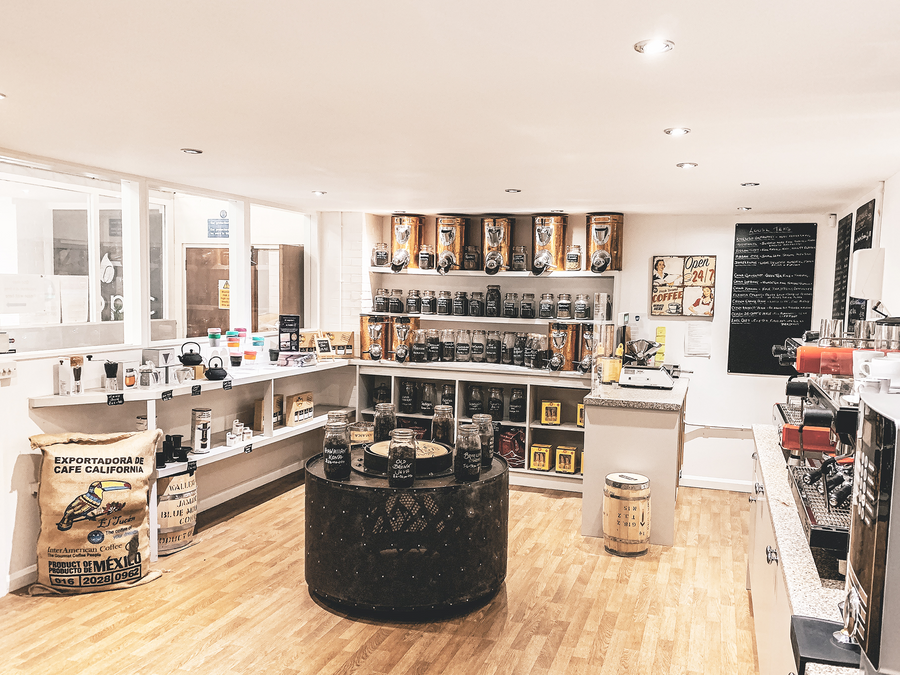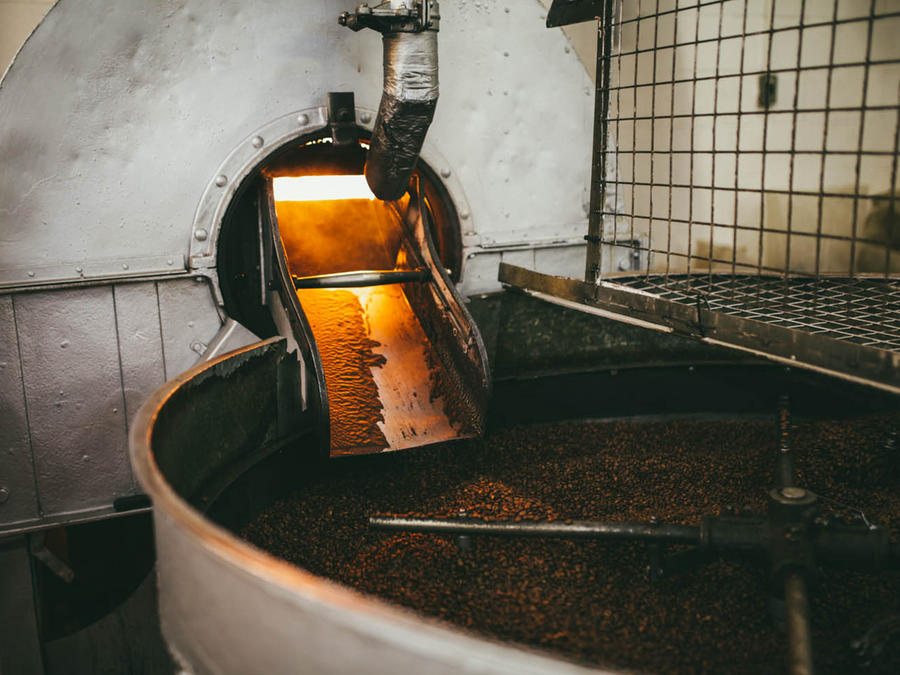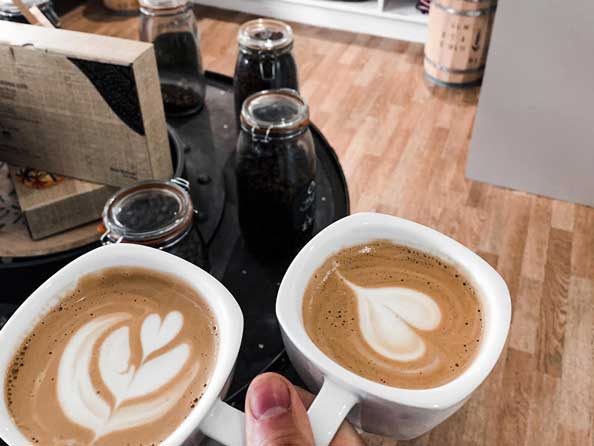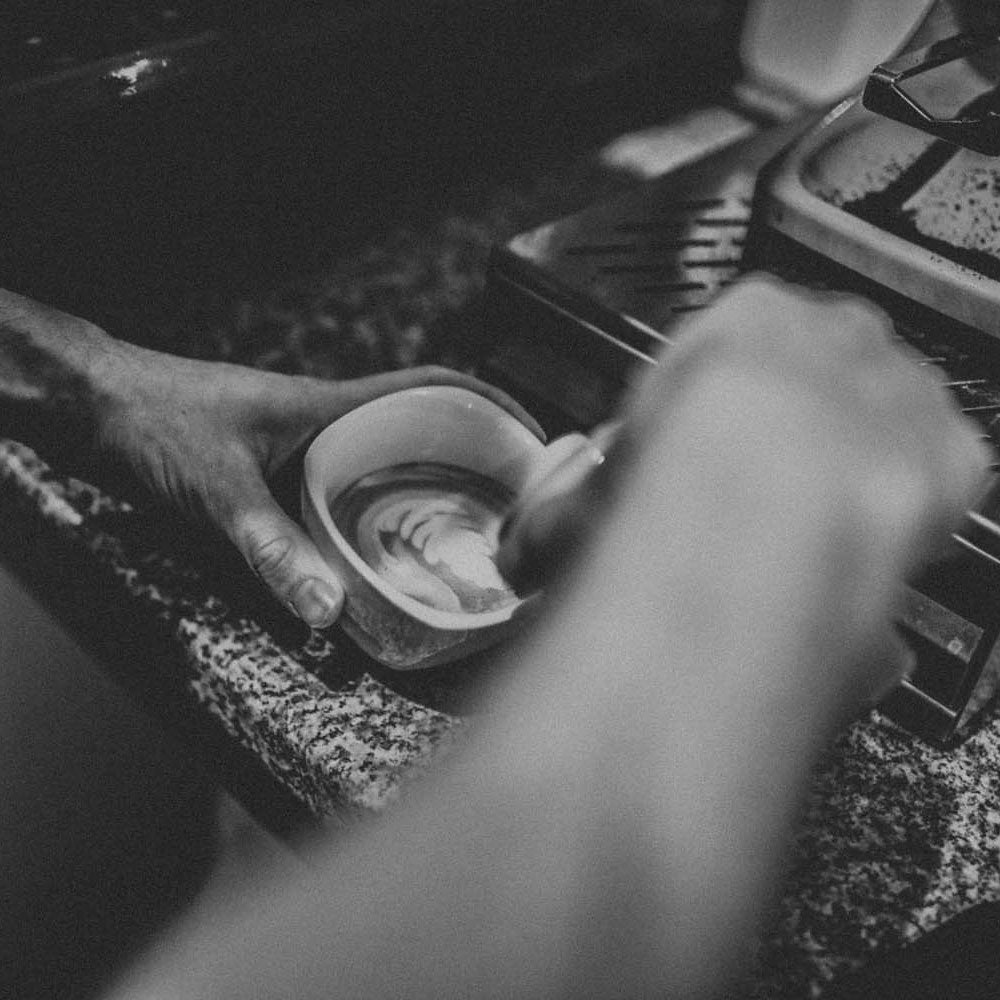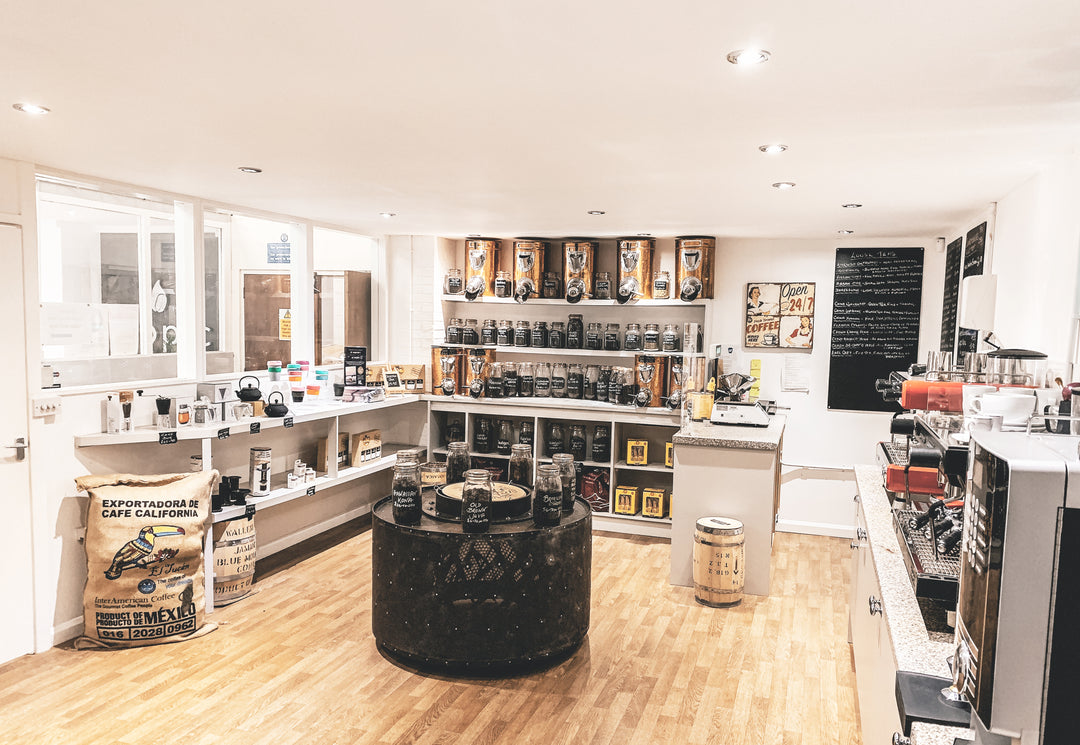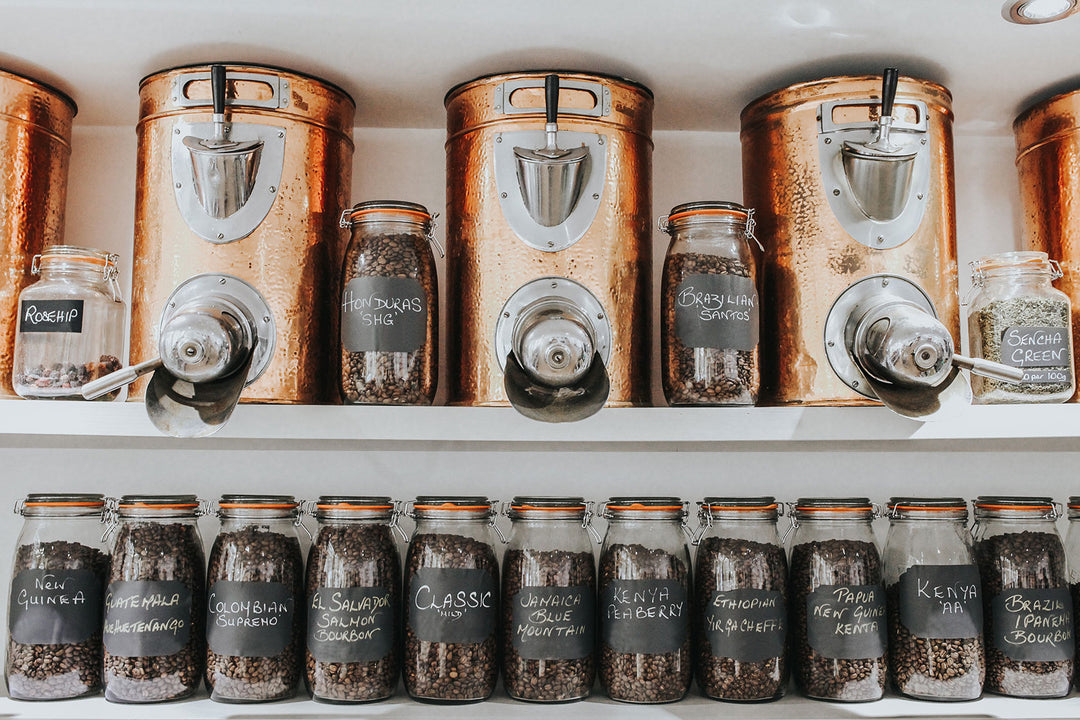Brazilian Ipanema Bourbon Coffee: From Harvest to Cup
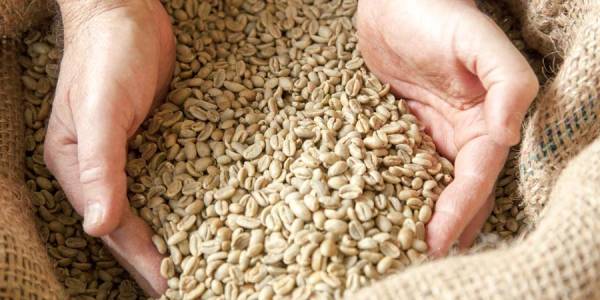
In our last blog, we delved into the delightful flavour profile of the exquisite Brazilian Ipanema Bourbon coffee variety. Today, we're taking you on a journey through the meticulous cultivation and processing steps that bring this exceptional coffee from the tree to your cup, via Tropic Coffee.
Cultivation and Harvesting
The journey of Ipanema Bourbon coffee begins with a very special coffee plant: the Bourbon cultivar. Known for its exceptional cup quality, Bourbon coffee plants thrive in the high-altitude regions of Ipanema. Here, they benefit from a moderate climate, plentiful rainfall, and nutrient-rich volcanic soil. The cherries take several months to ripen, and farmers meticulously monitor their development to ensure they are picked at the peak of maturity. This attention to detail is crucial in achieving the desired flavour characteristics.
Picking
Harvesting coffee cherries is a labour-intensive process that requires skilled hands. Only the finest and fully mature cherries are selected, ensuring a consistent and high-quality coffee. Skilled pickers carefully select ripe cherries, avoiding unripe or overripe ones to maintain the coffee's high standards.
Pulped Natural Processing
Pulped natural is a process where the skin is removed from the coffee cherry. This
leaves the fruity mucilage still intact during the drying process. Mucilage is the thick, gelatinous substance produced by all plants. So basically the coffee is dried with this sticky fruit pulp still attached. The pulp is sometimes known as ‘honey’ and so pulped natural can also be known as ‘honey washed’ coffee.
The process is, in a way, a compromise between the dry (natural) method (where the beans are dried while still inside the fruit) and the wet (washed) method (where all the soft fruit residue, including skin and pulp, are scrubbed off before the coffee is dried).
The technique was pioneered in Brazil around 15 years ago and was a simple process of just leaving the coffee to dry with pretty much all the fruit pulp still sticking to the beans. This is still the method in Brazil and Central America for the honey/pulped natural process.
Milling and Sorting
Once the beans have dried, they are sent to the milling facility. Here, the parchment layer (the protective covering) is removed, revealing the green coffee beans. The beans are then carefully sorted to remove any defects or impurities, guaranteeing only the finest beans make it to the final product.
Roasting
Once we receive the coffee here at Tropic, the green coffee beans are roasted to bring out the unique flavours and aromas of Ipanema Bourbon coffee. Roasting is a delicate process that requires precision and expertise to achieve the desired roast level, which can range from light to dark. The roasting profile is carefully tailored to highlight the inherent qualities of the coffee while avoiding any excessive bitterness or burnt flavours.
Packaging and Distribution
Once we have roasted the beans to perfection, we then package them with care to preserve their freshness and flavour. They are sealed in airtight bags with one-way valves that allow the release of gases while preventing oxygen from entering. This packaging ensures that the coffee reaches our customers in optimal condition.
From there, the coffee is distributed and made available to coffee lovers worldwide.
From the lush coffee fields of Ipanema to your cup, the journey of Brazilian Ipanema Bourbon coffee is a testament to the dedication and expertise that goes into producing some of the world's finest coffees.
Ready to taste? Buy your Brazilian Ipanema Bourbon Coffee beans right here at Tropic Coffee.
In our next blog, we'll explore another fascinating variety of coffee, so stay tuned for more coffee adventures and insights. If you have a specific coffee variety you'd like to learn more about, let us know, and we'll be sure to feature it in a future blog.
